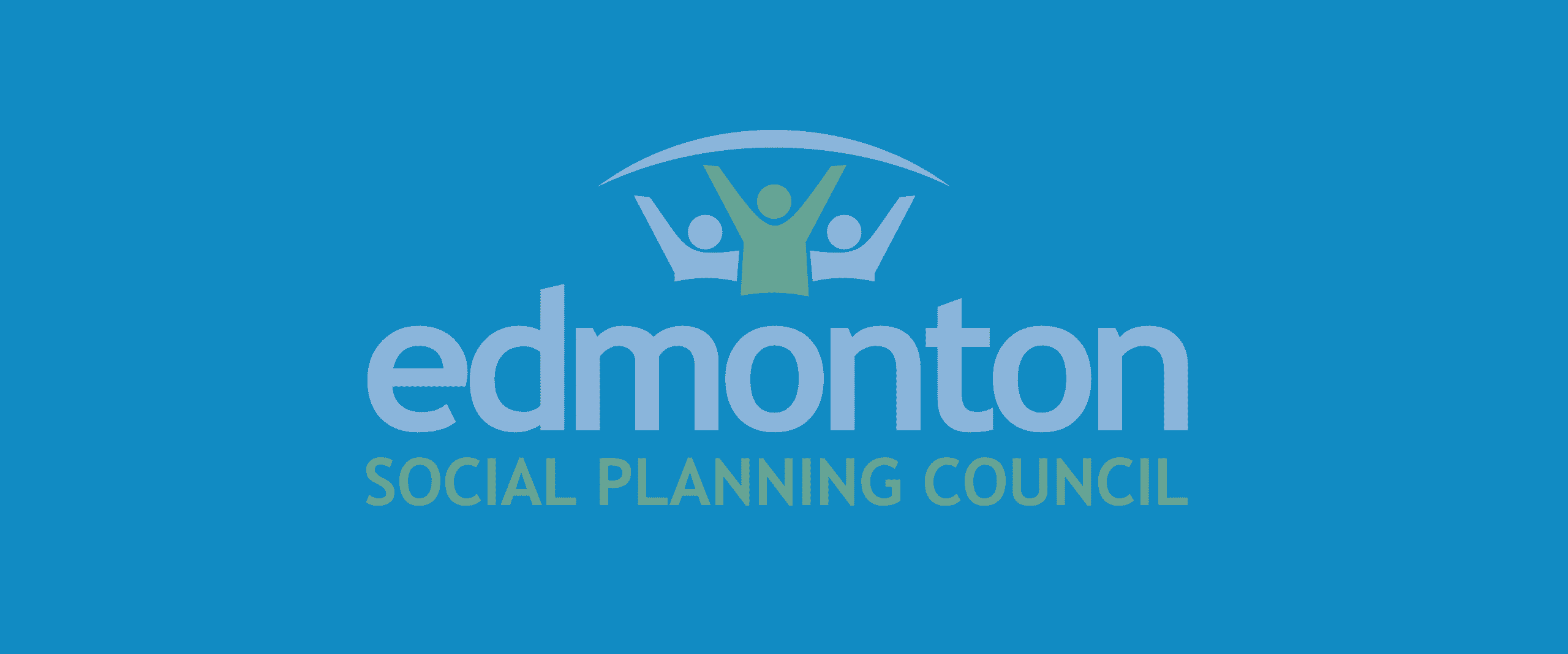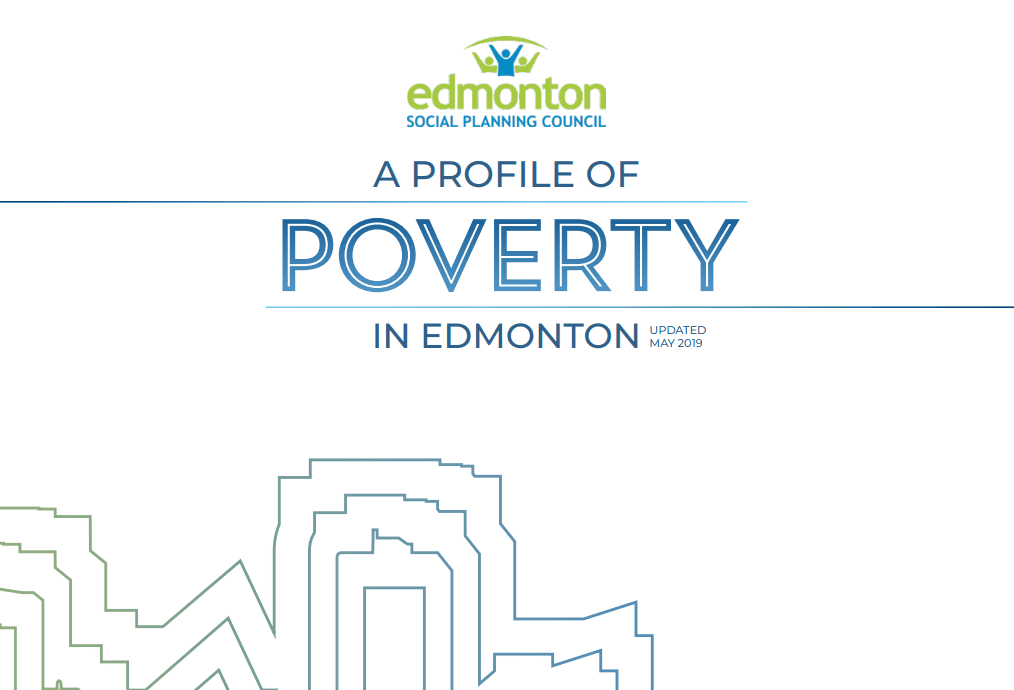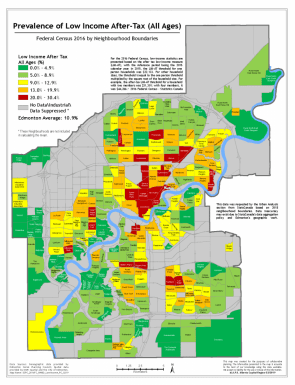[et_pb_section fb_built=”1″ _builder_version=”4.7.0″ custom_margin=”0px||0px||false|false” custom_padding=”0px||0px||false|false”][et_pb_row column_structure=”3_4,1_4″ use_custom_gutter=”on” gutter_width=”1″ _builder_version=”4.7.3″ _module_preset=”default” width=”100%” custom_margin=”0px||||false|false” custom_padding=”3px||5px|||” border_width_bottom=”1px” border_color_bottom=”#a6c942″][et_pb_column type=”3_4″ _builder_version=”4.7.0″ _module_preset=”default”][et_pb_post_title meta=”off” featured_image=”off” _builder_version=”4.7.4″ _module_preset=”default” title_font=”||||||||” custom_margin=”||3px|||” border_color_bottom=”#a6c942″][/et_pb_post_title][/et_pb_column][et_pb_column type=”1_4″ _builder_version=”4.7.0″ _module_preset=”default”][et_pb_image src=”https://edmontonsocialplanning.ca/wp-content/uploads/2020/08/boxes_1.gif” title_text=”boxes_1″ align=”center” disabled_on=”on|off|off” _builder_version=”4.7.4″ _module_preset=”default” width=”100%” custom_margin=”-2px||-1px||false|false” custom_padding=”||7px|||”][/et_pb_image][/et_pb_column][/et_pb_row][et_pb_row column_structure=”3_4,1_4″ use_custom_gutter=”on” gutter_width=”1″ make_equal=”on” _builder_version=”4.7.4″ background_size=”initial” background_position=”top_left” background_repeat=”repeat” width=”100%” custom_margin=”0px|auto|0px|auto|false|false” custom_padding=”37px|0px|44px|0px|false|false”][et_pb_column type=”3_4″ _builder_version=”4.5.6″ custom_padding=”0px|0px|0px|0px|false|false” custom_padding__hover=”|||”][et_pb_text _builder_version=”4.7.4″ _dynamic_attributes=”content” _module_preset=”default” text_font=”||||||||” text_text_color=”#000000″ custom_padding=”||32px|||”]@ET-DC@eyJkeW5hbWljIjp0cnVlLCJjb250ZW50IjoicG9zdF9kYXRlIiwic2V0dGluZ3MiOnsiYmVmb3JlIjoiIiwiYWZ0ZXIiOiIiLCJkYXRlX2Zvcm1hdCI6ImRlZmF1bHQiLCJjdXN0b21fZGF0ZV9mb3JtYXQiOiIifX0=@[/et_pb_text][et_pb_text _builder_version=”4.7.4″ text_line_height=”1.6em” header_2_font=”||||||||” header_2_text_color=”#008ac1″ header_2_font_size=”24px” background_size=”initial” background_position=”top_left” background_repeat=”repeat” text_orientation=”justified” width=”95%” module_alignment=”left” custom_margin=”44px|0px|2px|-96px|false|false” locked=”off”]
https://edmontonjournal.com/opinion/columnists/opinion-ending-child-poverty-in-alberta-is-our-moral-obligation
Alberta Child Poverty Report Edmonton Journal Op-Ed
By Joel French, Sandra Ngo, and Ajay Hartenfeld Pandhi
Every night, 160,000 children in Alberta suffer the all-encompassing effects of poverty. They are more vulnerable to issues affecting mental health, educational attainment, cognitive development, housing, relationships, employment, and food insecurity throughout their lives. In a province as wealthy as Alberta, it is an outrage for child poverty to persist.
The Alberta College of Social Workers, Edmonton Social Planning Council, and Public Interest Alberta have recently released a new report on the state of child and family poverty in Alberta, “Invest in Families: Ending Child Poverty is Good for All.” Currently, one in six children live in poverty. While some, small progress has been made, poverty rates among children in single-parent households has actually seen an increase.
Children who grow up in low-income situations are more likely to remain in low income status into adulthood. Children living with a single parent are five times more likely to live in low-income households. Immigrant and Indigenous children are especially vulnerable. Furthermore, children who experience trauma, such as family violence, encounter poorer outcomes across all the factors of health.
Child poverty is especially persistent among Indigenous children. Nationwide, 47 per cent of First Nations children live in poverty while the rate of poverty for non-Indigenous children sits at 12 per cent. Due to this disparity, Indigenous children have higher rates of contact with child intervention services in Alberta. Sixty-nine per cent of children in government care are Indigenous, which has been on the rise. Due to a long history of discrimination, Indigenous children are more likely to be affected by trauma and mental health issues, low high school completion rates, unemployment, and homelessness. Ending child poverty is essential for reconciliation with Indigenous peoples for generations of harm.
What can we do to end child poverty once and for all in Alberta? The research shows that strong investments into Alberta’s families, including child benefits, nutrition programs, affordable housing, and subsidized, quality child care, are key to ending the cycle of poverty that block children from living lives of dignity where they’re able to thrive. To aid in reconciliation efforts, culturally responsive solutions that provide Indigenous governing bodies with oversight for the education and welfare of children on reserves is a necessity.
Child care is one of the biggest household expenses, which can be up to two-thirds of a low-income family’s monthly income. Access to high-quality, universally accessible, and affordable child care is a proven method for lowering child poverty and is an especially profound intervention for single mothers, who are among the most affected by poverty. Studies show that children in universal, low-cost child care have better physical health, developmental, and psychological conditions by age six. The $25-a-day child care program is under threat by our provincial government’s sweeping and cruel cuts to social programs. This is precisely the wrong direction for Alberta to solve the crisis in child and family poverty.
Investing in affordable housing is a necessity to prevent and combat child poverty. While multiple levels of government have created housing strategies to address homelessness and poverty, uncertainty persists on the province’s commitment to their share of affordable housing initiatives after the UCP took power. With a 24 percent cut to the Rental Assistance Program, the risk of eviction to low-income families and children will increase as a result.
What is sorely missing in the discussion surrounding the provincial government’s relentless “path to balance” is that even maintaining the status quo levels of social assistance would not be enough; yet the government has chosen to cut indexing of these supports, making life even harder for those in poverty. And if we are serious about ending child poverty, it is abundantly clear that vital public services Albertans rely on need to be strengthened, not cut. Cuts to public services hurt the most vulnerable in our province.
Our tax system raises significantly less revenue than any other province. As a result of this shortfall, our services are stretched thin and progress in tackling child poverty will continue to be stymied until significant revenue reform occurs. Alberta also remains the only province in Canada without a poverty reduction strategy, meaning we are sorely behind in setting measurable goals and tracking progress in these efforts. Without a robust strategy backed up with action, young Albertans trapped in poverty will only fall further behind.
We have a moral obligation to end child poverty in our province, and the result would be a more healthy and compassionate society for all of us.
Joel French is Executive Director of Public Interest Alberta.
Sandra Ngo is Research Coordinator of the Edmonton Social Planning Council.
Ajay Hartenfeld Pandhi is President of the Alberta College of Social Workers.
[/et_pb_text][/et_pb_column][et_pb_column type=”1_4″ _builder_version=”4.7.4″ custom_padding=”0px|20px|0px|20px|false|false” border_color_left=”#a6c942″ custom_padding__hover=”|||”][et_pb_testimonial author=”Posted by:” job_title=”@ET-DC@eyJkeW5hbWljIjp0cnVlLCJjb250ZW50IjoicG9zdF9hdXRob3IiLCJzZXR0aW5ncyI6eyJiZWZvcmUiOiIiLCJhZnRlciI6IiIsIm5hbWVfZm9ybWF0IjoiZGlzcGxheV9uYW1lIiwibGluayI6Im9uIiwibGlua19kZXN0aW5hdGlvbiI6ImF1dGhvcl93ZWJzaXRlIn19@” portrait_url=”@ET-DC@eyJkeW5hbWljIjp0cnVlLCJjb250ZW50IjoicG9zdF9hdXRob3JfcHJvZmlsZV9waWN0dXJlIiwic2V0dGluZ3MiOnt9fQ==@” quote_icon=”off” disabled_on=”on|off|off” _builder_version=”4.7.4″ _dynamic_attributes=”job_title,portrait_url” _module_preset=”default” body_text_color=”#000000″ author_font=”||||||||” author_text_align=”center” author_text_color=”#008ac1″ position_font=”||||||||” position_text_color=”#000000″ company_text_color=”#000000″ background_color=”#ffffff” text_orientation=”center” module_alignment=”center” custom_margin=”0px|0px|4px|0px|false|false” custom_padding=”32px|0px|0px|0px|false|false”][/et_pb_testimonial][et_pb_text disabled_on=”on|off|off” _builder_version=”4.7.4″ _dynamic_attributes=”content” _module_preset=”default” text_text_color=”#000000″ header_text_align=”left” header_text_color=”rgba(0,0,0,0.65)” header_font_size=”20px” text_orientation=”center” custom_margin=”||50px|||” custom_padding=”48px|||||”]@ET-DC@eyJkeW5hbWljIjp0cnVlLCJjb250ZW50IjoicG9zdF9jYXRlZ29yaWVzIiwic2V0dGluZ3MiOnsiYmVmb3JlIjoiUmVsYXRlZCBjYXRlZ29yaWVzOiAgIiwiYWZ0ZXIiOiIiLCJsaW5rX3RvX3Rlcm1fcGFnZSI6Im9uIiwic2VwYXJhdG9yIjoiIHwgIiwiY2F0ZWdvcnlfdHlwZSI6ImNhdGVnb3J5In19@[/et_pb_text][/et_pb_column][/et_pb_row][/et_pb_section]






